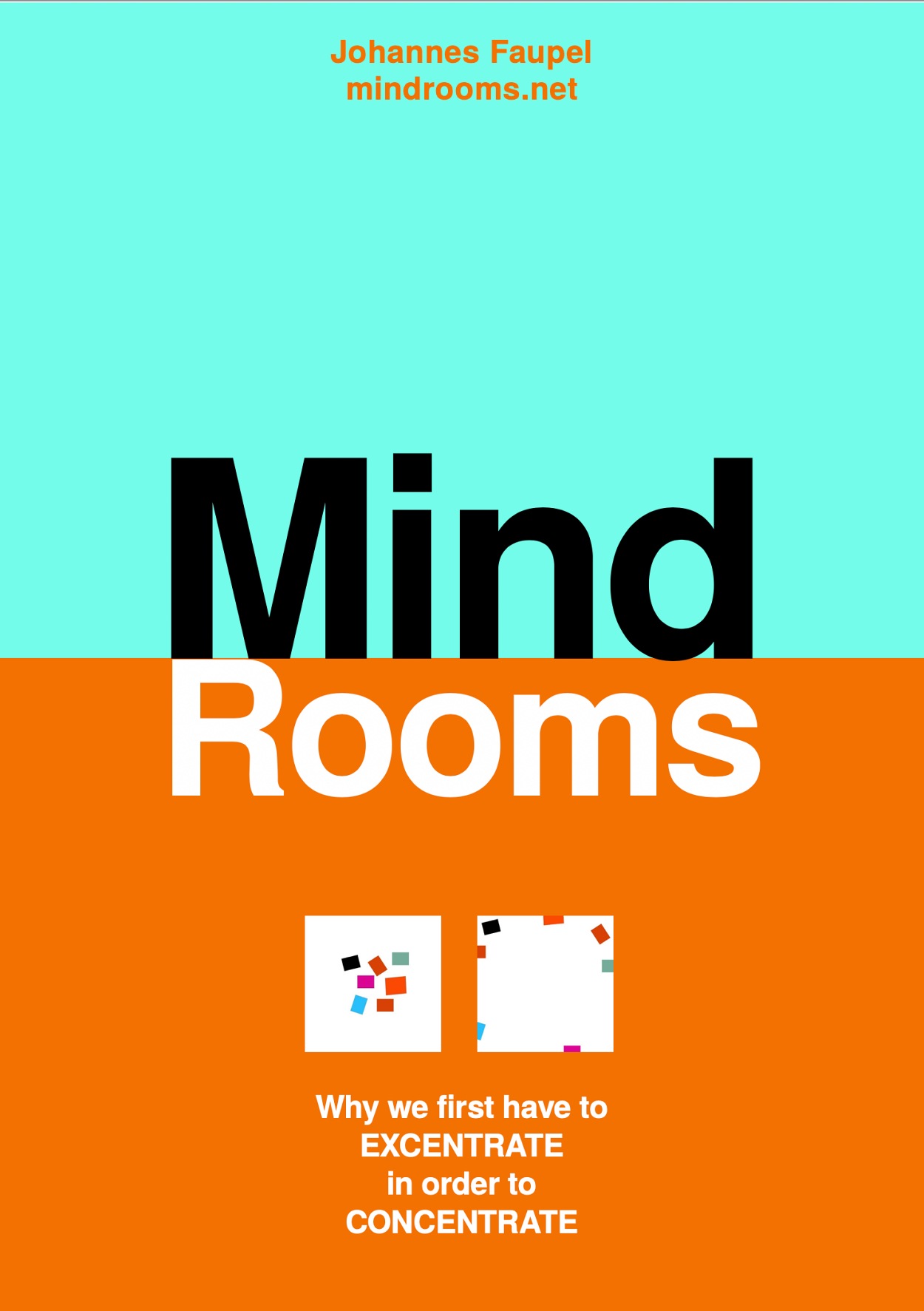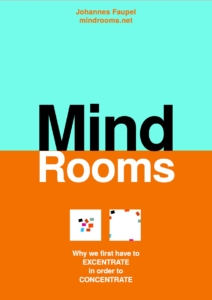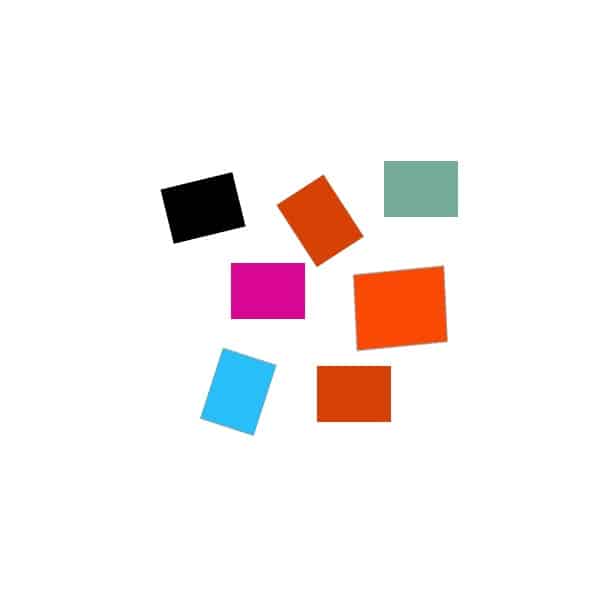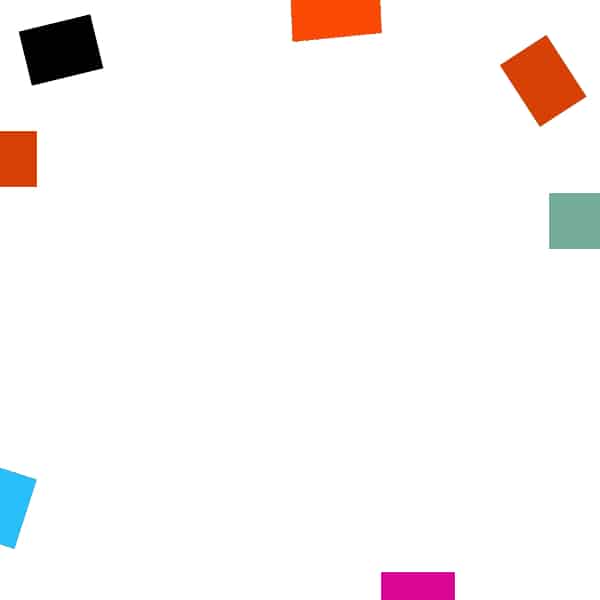ADHD Without Medication. A New Self-Treatment Concept in a 50-Page Picture E-book.
Learn how to make the most important change in ADHD without medication
ADHD, while not a disease in and of itself, has been linked to many other problems such as depression and anxiety. Treating ADHD without medication is an important topic for those who suffer from ADHD.
In this article, you will face a surprise about the so-called Attention Deficit Hyperactivity Disorder.
No matter if we talk about children with ADHD or adults with ADHD: every ADHD patient will see:
It’s time to become curious about unknown aspects of ADHD
The most important facts about ADHD without medication right at the beginning:
This is a simple concept that any child can understand. That’s why I explain it here using the example of a playground where all the playground equipment is already in use.
Every child rationally understands that they have two ways to get to one of the playground equipment without fighting:
1) Wait for the other child to finish (this may take a while).
2) Asking the other child nicely to move aside, so they can use the play equipment for once too.
If you relate 2) to brain and attention, it works like this:
The child or adult with ADHD adjusts their brain, or more specifically their attention, at a crucial point.
The person with the ADHD diagnosis sets up in the imagination (for the brain, this becomes a really usable resource) a certain number of Mind Rooms where the many problems temporarily find a good place.
These new Mind Rooms are not seen by a radiologist in an MRI.
The thought spaces are invisible to other people.
They are good for children experienced in video games. Because these children are used to change virtual rooms. But even without any video games experience, everyone can profit on the long term from the
For people with ADHD, Mind Rooms are both a welcome invitation and liberation:
“Now I finally get to keep all my issues. I am now reassured because I can look at and work on anything voluntarily at any time. I’m no longer under pressure to get as much done as possible at once.”
This principle of Mind Rooms is based on a principle that is as simple as it is effective (and absolutely logical for the brain):
You have to Excentrate In Order To Concentrate.
-
- Adults with ADHD and Children with ADHD face similar challenges.
- They have to perform in school and at work.
- They have to absolve training to sit still – while there is no lack of capability of sitting still.
- Furthermore, they face a lot of expectations: Concentrate! Stop fidgeting! Complete your work!

No concentration possible
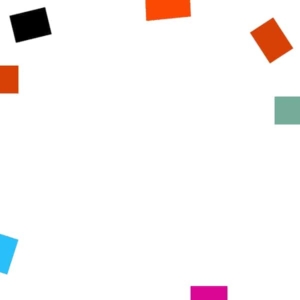
Excentration by Mind Rooms: concentration possible
Why do we see this epidemic amount of ADHD diagnoses?
The diagnosis of Attention Deficit Hyperactivity Disorder (ADHD) is becoming more prevalent these days, but as people learn about it, there have been cases where they were misdiagnosed. Brain Training ADHD Anxiety can help ADHD diagnosed people to find their way towards relief without medication.
The ADHD diagnosis could be based on a fundamental error
And the most surprising fact: The ADHD diagnosis could be based on a fundamental error in looking at the brains involved. Here’s why: A busy brain won’t stop being busy if you tell it to stop.
The brain is a highly autonomous organ. It does not care about Attention Deficit Hyperactivity Disorder
Fortunately the brain is autonomous. Otherwise, it could be told to do anything.
So you can only kindly invite and ask the brain for its collaboration.
This article is all about ADHD Without Medication
Some people try to “heal” ADHD with Cognitive Behavioral Therapy. But how will Cognitive Behavioral Therapy work if there is no psychic illness at all?
There are other ways to deal with the ADHD phenomena besides medication.
But that’s not all: there is a new concept to deal with the phenomena of information overload in the brain.
First, let us see what the common idea of the Attention Deficit Hyperactivity Disorder is:
What are typical ADHD Symptoms?
Typical ADHD symptoms are:
Some ADHD people find it difficult to sit still, especially when they are in a calm or quiet environment. They will fidget constantly and have trouble concentrating on tasks for an extended period of time because their minds start racing with all the thoughts running through them; this makes concentration very hard, if not impossible, at times.
“ADHD diagnosed children seem unable to sit still, especially in a quiet or still environment.”
- The deficit-oriented description of ADHD symptoms: “Not able to concentrate for extended periods of time without getting distracted by other thoughts and stimuli because the brain is going a million miles a minute, which makes it impossible to focus on one thing at a time.”
- The resource-oriented description: children diagnosed with ADHD have many goals at the same time. Therefore, they are torn between one sitting position and the other. A resource-oriented pedagogy supports the children in keeping all their goals, but working through them one after the other.
It seems like they are constantly fidgeting
- The deficit-oriented description of ADHD symptoms: They can’t sit still for very long, especially in a quiet environment.
- The resource-oriented description: Children diagnosed with ADHD have a lot going on and therefore find it hard to stand not being in action. From an educational point of view, this is far easier to deal with than lethargic individuals.
At first glance, it looks like ADHD diagnosed people are unable to concentrate on tasks
At second glance, you can see that people diagnosed with ADHD are trying to concentrate hard – but their minds are too busy focusing on a required topic “right this moment.” So they have difficulty prioritizing.
They are conspicuous by a pronounced urge to move around
If children with ADHD move around, this is not necessarily a sign of a disorder, certainly not a justification for medication.
People with ADHD can talk astonishingly much
- The deficit-oriented description of ADHD symptoms: People with ADHD for a short period of time, before they lose their train of thought and have to start all over again.
- The deficit-oriented description of ADHD symptoms: children and people with ADHD have a short period of time before they lose the thread and have to start all over again.
- The resource-oriented description: Children diagnosed with ADHD have so much to communicate at once that the brain sometimes can’t keep up with formulating thoughts. In a resource-orientated pedagogical environment, care is taken to ensure that the children enter into an appreciative inner dialogue with themselves. They should learn benevolently to take the time they need.
And: They should understand that in a mind already overflowing with impressions, ideas and enthusiasm, there can be no room for externally imposed concentration.
People with ADHD find it difficult to wait their turn
- The deficit-oriented description of ADHD symptoms: People with ADHD are hyperactive, constantly jumping around and disrupting the concentration of others because they want to move around all the time.
- The resource-oriented description: children diagnosed with ADHD have an abundance of ideas they want to discuss. They are bursting with energy and a desire for social engagement.
- So they may have a hard time waiting their turn – especially if no one else is doing it. In a resource-oriented pedagogical environment, children learn on an emotional level how important it is to take turns and respect the opinions of others.
They interrupt others in conversation.
- The deficit-oriented description of ADHD symptoms: People with ADHD are hyperactive, constantly jumping around and disrupting the concentration of others because they want to move around all the time.
- The resource-oriented description: children diagnosed with ADHD have an abundance of ideas they want to discuss.
What is a healthy brain function?
You can talk about a healthy brain function if a brain reacts to natural problems with focus and attention.
What can be called natural problems with focus and attention?
To better understand the symptoms of ADHD, imagine a crowded children’s playground.
All the playground equipment is occupied right now. What parent would ask their child to use the swing or the slide anyway?
Of course, no mother and father in the world would demand the impossible.
“Be patient for a moment, there will surely be a playground equipment free for you in a moment, then you can play.” This is an appropriate reaction.
But what about typical ADHD treatment? What about the brain and its normal functions?
What about the moment when the attention (similar to the swing on the playground) is occupied right now?
- Let’s assume a child (or a teenager or an adult) is moving one or more issues or topics in his thoughts?
- Then there is no room for homework right now. Or study. Or the board presentation.
- This is just as natural and harmless as when everything is occupied in a public place.
So why do we talk about mental abnormalities in people who are less able to concentrate, either situationally or fundamentally?
Why does nobody tell children and adolescents: It is normal that a busy brain reduces its activities to executive functioning. A busy brain is not a sign for Hyperactivity Disorder in Children yet.
How would it affect these people’s quality of life if we spoke to them differently about ADHD symptoms?
Let’s write a new chapter in the treat story of ADHD without medication.
- I understand, you have a lot of issues going on in parallel. There is a lot going on in your head. So your brain is very busy.
- I understand.
- How could you help your brain to pay special attention to one subject in between?
Imagine how it will change the world for parents and for every child with ADHD, if they will hear something like that.
How to deal with ADHD without medication?
The best treatment for the Attention Deficit Hyperactivity Disorder is a simple strategy.
To treat ADHD would assume that there is a disorder in a person. I do not recommend to produce brain waves that make patients out of kids, out of adults and adolescent human beings.
I recommend to focus on a big misunderstanding.
No brain can properly work if it is already busy. No brain will give-up urgent tasks if you try to shout at it.
Behavior is no matter of medications or behavior therapy.
Behavior can be the expression of quality of life in case of congruence.
Furthermore behavior can show the lack of congruence. If a person tries to sleep or concentrate,
So what is the actual offer of treatments without negative side effects – therapy of ADHD without medication?
- Natural remedies for mental health
- Neurofeedback
- Foods for more Omega 3 fatty acids
- Protein food
- Exercise
Time to say goodbye to circling thoughts about treatment
In the Mind Rooms E-book, I am asking the reader:
- Do you sometimes have the impression that your head should be as big as an overseas container to fit everything you are thinking about?
- Do you sometimes have too much in your head at once?
- Are you often at your wits’ end – and new tasks keep popping up?
Do these questions trigger brain waves in your head?
Have you ever had trouble concentrating?
You are lucky to have found this website today.
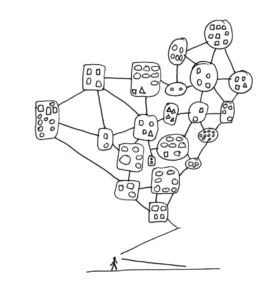
ADHD Without Medication – The Mind-Rooms
The best treatment for ADHD is compassion combined with some insight into the brain
A child should learn to play with concentration, not to force and control himself.
There are enough researchs and studies out that show that a relaxed person is able to learn in school – while a person’s brain under pressure will quit.
“Bottom-up and top-down attention: different processes and overlapping neural systems”
https://pubmed.ncbi.nlm.nih.gov/24362813/
“The brain is limited in its capacity to process all sensory stimuli present in the physical world at any point in time and relies instead on the cognitive process of attention to focus neural resources according to the contingencies of the moment.
Attention can be categorized into two distinct functions: bottom-up attention, referring to attentional guidance purely by externally driven factors to stimuli that are salient because of their inherent properties relative to the background; and top-down attention, referring to internal guidance of attention based on prior knowledge, willful plans, and current goals. Over the past few years, insights on the neural circuits and mechanisms of bottom-up and top-down attention have been gained through neurophysiological experiments. Attention affects the mean neuronal firing rate as well as its variability and correlation across neurons. Although distinct processes mediate the guidance of attention based on bottom-up and top-down factors, a common neural apparatus, the frontoparietal network, is essential in both types of attentional processes.”
Mind Rooms is based on a top-down attention process.
- It enables the person to apply strategies to regulate the brain by using the executive functions of the brain.
- Behavior is no longer the more or less random result of spontaneous brain activity.
- Behavior can be brought under healthy control through the concept of Mind Rooms:
- Now I create space in my attention center. This allows me to focus on my current topic, my task.
- There is no competition in my attention.
- Everything gets its turn in its own time.
This is ADHD Treatment by a simple visualization
For the health of children, adolescent people and adults, the Attention Deficit Hyperactivity Disorder has been a reason for many years to take medication. Every medication has its side effects.
No one of them can built a new brain. And that’s not necessary at all.
ADHD without medication can one day be the best choice in most cases.
It requires knowledge about basic brain functions.
The treatment of ADHD should change to a new understanding of the brain.
Read this 50 pages E-book – you will develop a complete new few on ADHD itself and every former attempt to treat ADHD.
Mind Rooms
